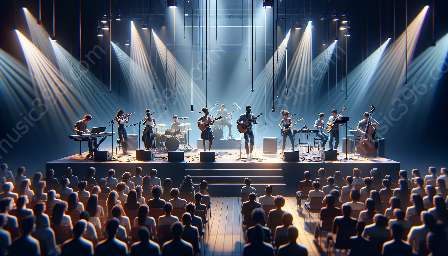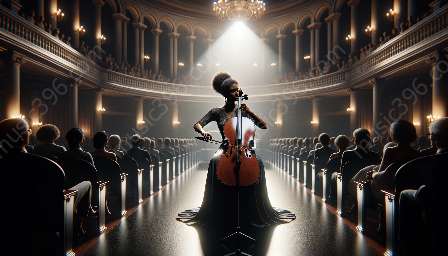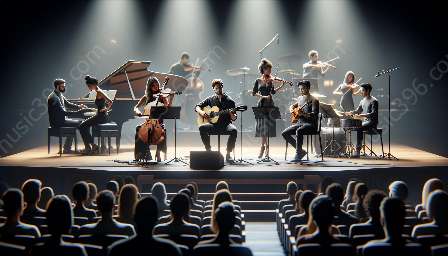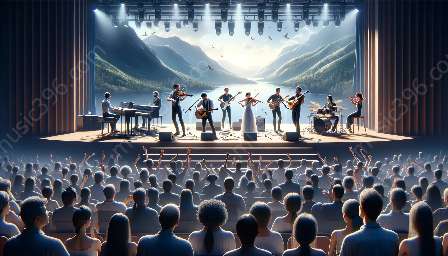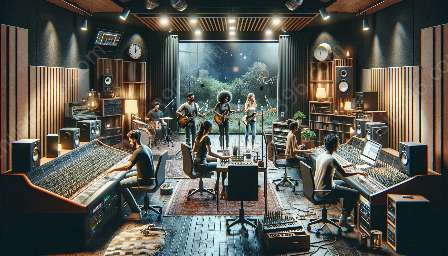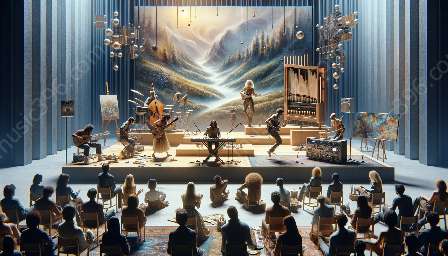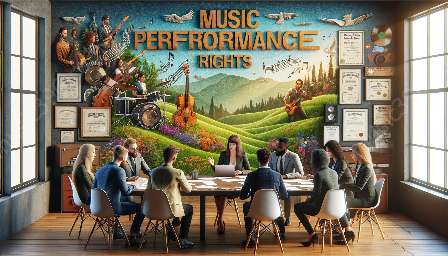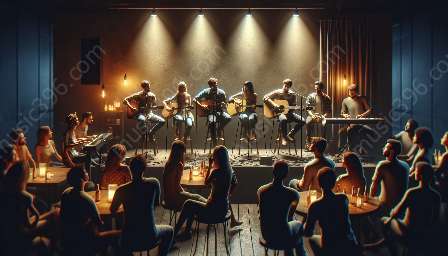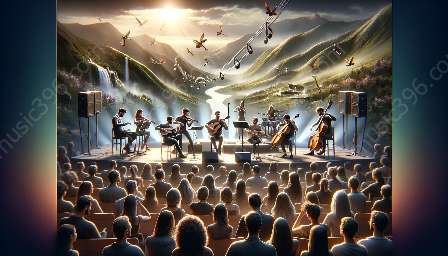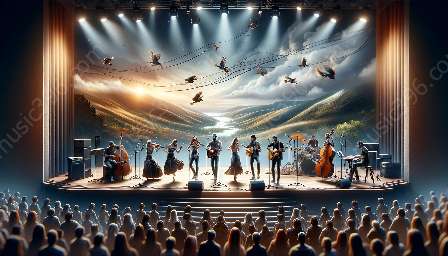Music performance licensing is a complex and essential aspect of the entertainment industry. Performance licenses for live events, radio, and television broadcasts vary significantly, with each medium having its own set of regulations and considerations. In this comprehensive guide, we will explore the differences and key points to consider when obtaining music performance licenses for these different platforms.
Live Events
When it comes to live events, such as concerts, music festivals, and stage performances, obtaining the necessary performance licenses is crucial. These licenses typically fall under the jurisdiction of performing rights organizations (PROs) such as ASCAP, BMI, and SESAC in the United States. Event organizers must secure the appropriate licenses to ensure that the music performed at the event is properly licensed and that the composers and publishers receive their due royalties.
Additionally, the specific venue where the event takes place may also require its own performance licenses, especially if the event is held at a location that regularly hosts live entertainment. Factors such as venue capacity and ticket sales may impact the cost and scope of the performance licenses required. It's essential for event organizers to work closely with PROs and venue management to navigate the complex landscape of live event performance licensing.
Radio Broadcasts
Radio broadcast licensing involves a different set of considerations compared to live events. Radio stations, whether terrestrial or digital, must obtain performance licenses to broadcast copyrighted music to their audience. In the United States, this process is overseen by PROs, and radio stations typically enter into licensing agreements with these organizations to ensure compliance.
The licensing fees for radio broadcasts are often calculated based on factors such as the station's market size, audience reach, and potential listener base. Stations that play music from popular artists and songwriters may have higher licensing fees compared to smaller or niche stations. Licensing agreements also take into account the duration and frequency of music airplay, and stations must report music usage to PROs to facilitate accurate royalty distribution.
Television Broadcasts
Television broadcasts, including both traditional over-the-air networks and modern streaming platforms, require specific performance licenses for the music featured in their programming. Just like radio stations, TV networks and streaming services must secure licensing agreements with PROs to legally include copyrighted music in their shows, commercials, and other content.
For television broadcasts, additional considerations come into play, such as synchronization licenses for music used in conjunction with visual content. This means that when music is synchronized with visuals, such as in a TV commercial or a show's soundtrack, separate licensing agreements and royalties are involved. Furthermore, the nature of the broadcast, including primetime slots, regional differences, and on-demand streaming, can impact the licensing requirements and fees imposed on the broadcasters.
Key Differences and Considerations
One of the key differences in performance licensing for live events, radio, and television broadcasts lies in the way music is presented and consumed in each medium. Live events involve in-person performances and direct interaction with audiences, while radio and television broadcasts reach audiences in their homes, cars, and other settings. These differences in presentation and audience reach contribute to the varying licensing structures and fee calculations.
Another important consideration is the relationship between performance licenses and the potential for secondary uses of the music. In live events, the primary use of music is the live performance itself, whereas in radio and television broadcasts, the music may be used in a variety of ways, including background music, theme songs, and commercial jingles. This diversity of uses necessitates thorough licensing agreements that cover all potential applications of the music.
Conclusion
Understanding the nuances of music performance licensing for live events, radio, and television broadcasts is essential for artists, event organizers, broadcasters, and other industry stakeholders. By navigating the unique requirements and considerations associated with each medium, stakeholders can ensure that music is used in compliance with copyright laws and that composers, publishers, and performers receive fair compensation for their work.
Ultimately, the world of music performance licensing is intricate and multifaceted, requiring ongoing attention to evolving regulations, technological advancements, and industry practices. By staying informed and working closely with PROs and legal experts, individuals and organizations can continue to enrich the world of entertainment while upholding the rights and contributions of music creators.


